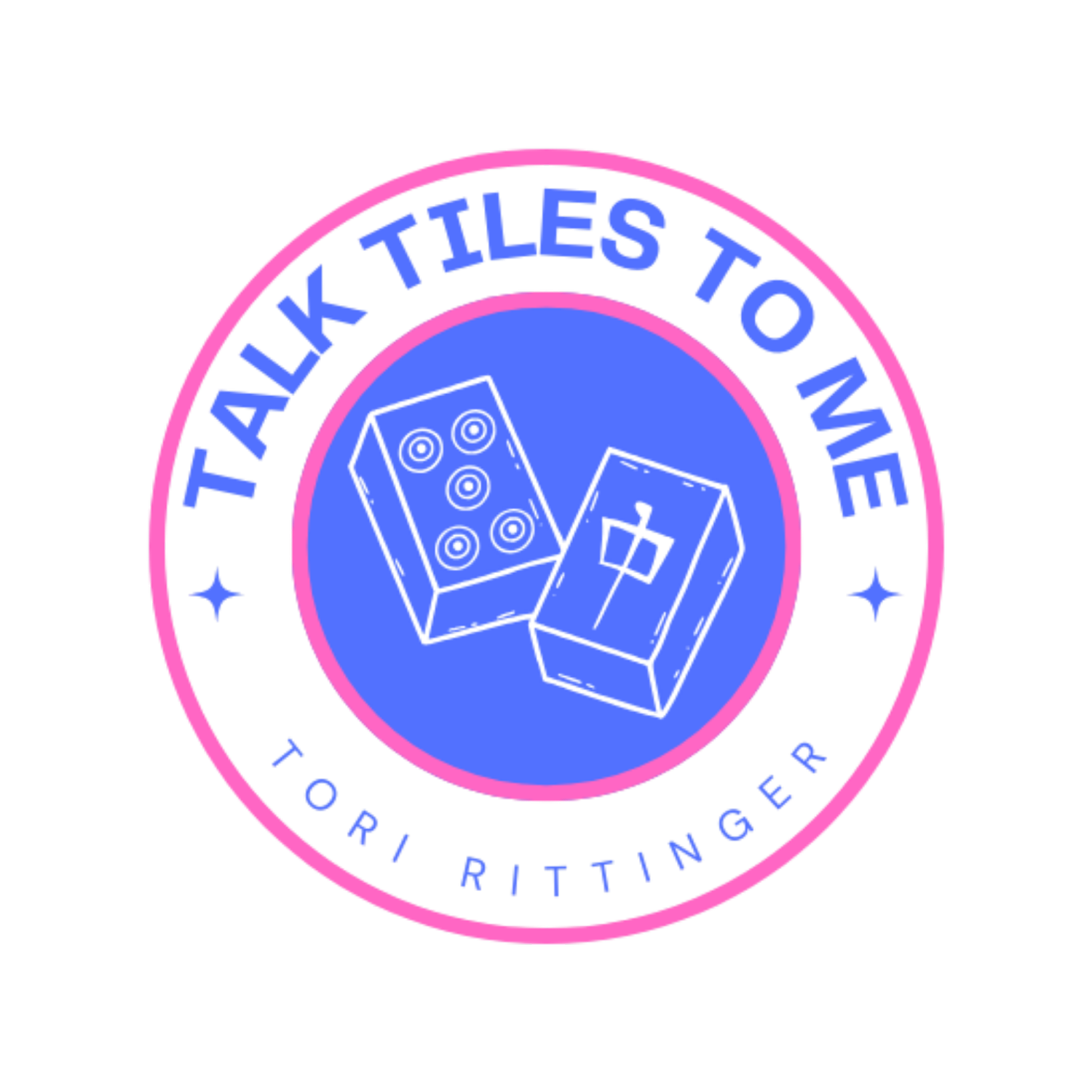So what is American Mahjong anyway?
American Mahjong is a modern adaptation of the ancient Chinese tile game, introduced to the U.S. in the 1920s by Joseph Babcock. He simplified the rules for Western audiences, sparking a national craze. In 1937, the National Mah Jongg League (NMJL) was founded to standardize gameplay, creating a uniquely American version that includes Jokers, the Charleston (a tile-passing ritual), and an annually updated scorecard. Popularized especially among Jewish-American women in the mid-20th century, American Mahjong became a cherished social tradition. Today, it continues to thrive in homes, community centers, and online, blending strategy, tradition, and connection across generations.
It’s more than just a game — it’s a beloved tradition. Played in homes, studios, local busienes’s, and online, American Mahjong is especially known for bringing people together across generations.
I love games and socializing, so that seems right up my ally.
Who plays?
American Mahjong is enjoyed by a diverse range of players - from long-time enthusiasts to newcomers. It's especially popular among women’s groups, retirement communities, and now a new generation of players discovering the game through clubs and online platforms.
Whether you're playing casually with friends or competing in tournaments, American Mahjong offers endless fun and mental challenge.
Key Features of American Mahjong
4 players to a game
152 Tiles, including special Jokers
Charleston tile exchange at the start
NMJL Card determines winning hands
Mix of luck, skill, and memory
Popular for social and competitive play
Sounds interesting, so what’s next?
Join us for a 101 lesson! Taking our 101 lesson is more than just learning a game - it's an opportunity to strengthen cognitive skills like memory, focus, and strategic thinking. It also offers meaningful mental health benefits, including stress relief and a sense of connection. Along the way, you'll gain practical tools in decision-making, risk assessment, and adaptability skills that carry over into everyday life and work.



